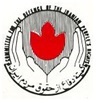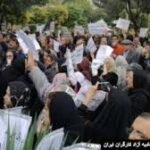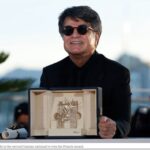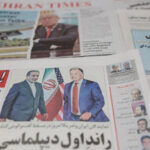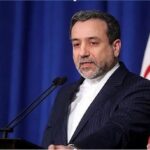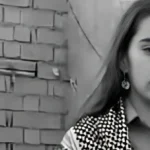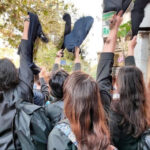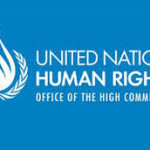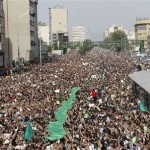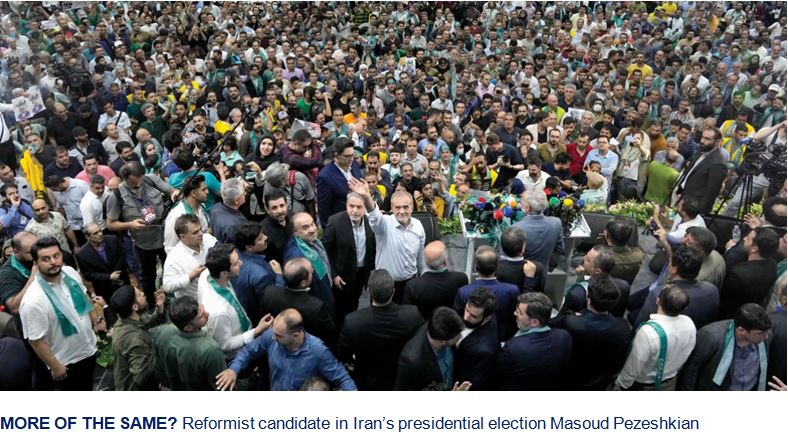
With Iran going to the polls following the death of president Raisi, STEVE BISHOP assesses the candidates and warns of a wide and growing gap between the populace and the regime
THE presidential election in Iran, following the death in a helicopter crash of president Ebrahim Raisi last month, bears all the hallmarks of manipulation by the theocratic dictatorship under the Islamic Republic’s Supreme Leader, Ayotollah Ali Khamenei.
The death of Raisi, along with the ongoing wave of protests against inflation, poverty and corruption across Iran, have wrongfooted the regime.
While the hard-line Raisi maintained his position through the force of the Islamic Revolution Guard Corps (IRGC) and his close relationship with Khamenei, popular support was always at a low ebb.
The response of the regime, in an election where all candidates are closely vetted by the Guardian Council, is to come up with a “safe” candidate to add to the ballot paper, in order to appease so-called moderates within the regime, and to head off any further protests from excluded opposition parties, trade unions, women and youth groups.
To that end the inclusion of 69-year-old former health minister Masoud Pezeshkian, in the list of candidates approved by the regime is a calculated and deliberate tactic, in order to create a superficial and cosmetic change, without affecting the power structure based on the theory of “political Islam.”
The reformist faction within the regime have urged public participation in the election and encouraged people to vote for Pezeshkian.
Their rationale is that the prospect of “building trust with the regime” is one which has more chance if a less hard-line candidate occupies the presidency.
However, such tactics have proven to have failed in the past, with so called reformist candidates such as Muhammad Khatami (1997-2005) and Hassan Rouhani (2013-21) failing to make any significant difference to the theocratic power structure which underpins the Islamic Republic.
Decades of experience with reformist movements, including the Green Movement for political and cultural openness and the teachers, workers, and retirees movements for better wages, livelihoods and working and living conditions, have shown that hoping for the possibility of reform within the ruling structure is unrealistic.
The emergence of the Women, Life, Freedom movement, in response to the murder in detention of Mahsa Amini in September 2022, has been the latest expression of this desire for structural, rather than cosmetic, change in Iran.
The acceptance of Pezeshkian on the ballot paper is a recognition of the fact that Khamenei, the governing institutions and the various political factions within the theocracy, acknowledge that there is a wide and growing gap between the Iranian people and the regime.
Putting forward an “acceptable” candidate and encouraging wider participation in the elections is an attempt to give the process a veneer of legitimacy.
Recent polling suggests that Pezeshkian has the lead over the more hard-line former nuclear programme negotiator, Saeed Jalili. However, the same poll suggests that at least one-third of the electorate have said that they will not vote, or are very unlikely to do so.
Another prominent conservative, Mohammad Bagher Ghalibaf, the corrupt speaker of the Majlis, the Iranian parliament, since 2020 is supported by significant elements of the clerical hierarchy.
The regime’s public relations machine has been in top gear over recent days, desperate to increase participation in the election, given the less than 50 per cent turnout in recent votes. However, the depth of opposition suggests that the boycott of candidates may well be widespread, further undermining the regime’s claims that the elections demonstrate democratic legitimacy.
Along with Pezeshkian and Jalili there are four other candidates on the ballot paper, all adopting a range of hardline or fundamentalist positions.
However, with ultimate control over foreign and military policy remaining in the hands of the supreme leader the role of president in Iran can often be little more than ceremonial.
Beyond the superficial differences of opinion, two general approaches can be observed among the election candidates. One approach is related to Pezeshkian, who pays lip service to some of the democratic demands and protests of the people, including the abolition of the mandatory hijab. Pezeshkian is also a supporter of greater dialogue with the West and the revival of the Joint Comprehensive Programme of Action (JCPOA), previously ripped up by former US president Donald Trump.
The second approach insists on the values of political Islam, which has become an identity element of the dominant theocracy and does not attach importance to improving relations with the West or to initiating talks about the revival of the JCPOA.
Political Islam is essentially in conflict with the fundamental democratic rights of the Iranian people, rejecting secular values for an outdated, medieval philosophy.
The representatives of this group try to show themselves against imperialist expansionism through especially hard-line anti-US rhetoric. As the dominant voice within the ruling structures, this has led some on the left to fall into the trap of seeing Iran as a fundamentally anti-imperialist regime, when it is in reality a self-serving anti-democratic theocracy.
All six candidates agree on the implementation of neoliberal economic programmes, essentially seeing a free hand for the market, a downgrading of public services and greater privatisation as key to economic life.
There is certainly no chance of any candidate challenging the corruption which is an endemic part of Iran’s economy, addressing the increasingly adventurist foreign policy in the Middle East, reflected in support for Hamas and Hezbollah, or addressing the lack of political and social rights of the Iranian people.
The scale of discontent within the country is underlined by the reports from the Union of Metalworkers and Mechanics of Iran that outsourced project workers in the country’s refineries, oil and gas installations and power plants have walked out in protest at their wages and conditions of service.
The workers are demanding a change in shift patterns including a “14 days on, 14 days off” rotation for oil and gas workers and to “decasualise” workers’ contracts.
An estimated 3,000 workers joined the strike on the first day and the ongoing action may well inform attitudes towards the presidential election. More recent reports suggest that the number of companies and workplaces affected by the action now stands at 80, involving at least 18,000 striking workers.
The scale of the suppression of political, democratic and human rights in Iran continues to be widespread and is an endemic feature of the regime.
Activists across the spectrum of the protest movements in Iran do not see anyone among the so-called presidential election candidates who has a plan to respond to their real democratic and just demands.
Even if this were the case, the theocratic structure would not allow for the opportunity to realise the implementation of democratic reforms.
Activists across the progressive opposition in Iran, who continue to advance democratic demands, are calling for a countrywide boycott of the election, in order to show that none of the candidates represent the will or the aspirations of the Iranian people.
Progressive activists in Iran will continue to call for the development and deepening of the protest movements, seeking greater co-operation which can lead to the integration and convergence of different sectors.
Such a development will allow the true voice of the Iranian people to come through, not simply an echo manipulated through a sham election process.
This article was first published on 27 June by Morning Star-
Iranian election sham will not fool the people | Morning Star (morningstaronline.co.uk)
■ Steve Bishop is a senior executive member of the Committee for Defence of Iranian People’s Rights (codir.net) and a regular contributor to the Liberation journal.

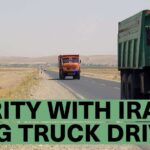

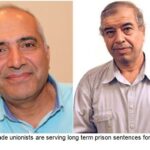

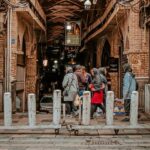
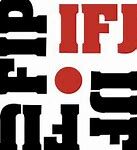
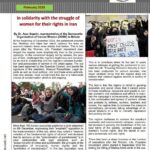

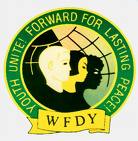
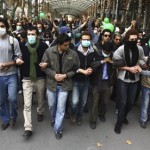
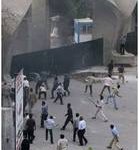
 Posted in
Posted in 